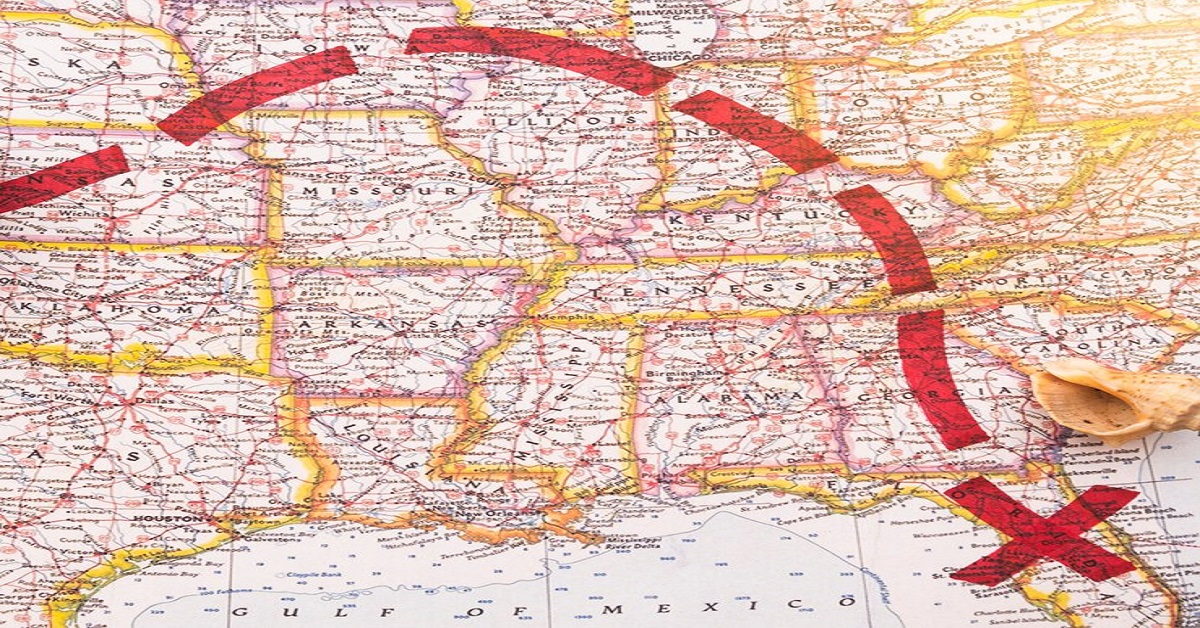Columbia is a country located in the northwest region of South America, bordered by Venezuela to the east, Brazil to the southeast, Peru, and Ecuador to the south, Panama to the northwest, and the Caribbean Sea to the north. Let’s explore the details of Columbia with relevant headings and paragraphs.
Geography and Topography:
The Andes Mountains run through the western part of the country, dividing into three distinct ranges: the Cordillera Occidental, the Cordillera Central, and the Cordillera Oriental. These mountain ranges contribute to Colombia’s rugged terrain and varied climate, from tropical rainforests to cooler high-altitude plateaus.
To the north lies the Caribbean region, featuring lowlands and coastal plains that extend to the Caribbean Sea. The region is known for its hot, humid climate and beautiful beaches, making it a popular tourist destination.
Cities and Urban Centers:
Colombia is home to several major cities, each contributing uniquely to the country’s culture, economy, and history. Bogotá, the capital city, is situated in the Andean region and is the largest city in Colombia. It is a bustling metropolis known for its rich cultural scene, historic architecture, and vibrant street art.
Medellín, located in the Aburrá Valley of the Andes Mountains, is another prominent city and is renowned for its innovative urban development and pleasant climate. Once notorious for violence, Medellín has transformed into a hub of creativity and entrepreneurship.
Other significant cities include Cali, known as the “capital of salsa” due to its vibrant music scene, and Cartagena, a historic port city on the Caribbean coast famous for its well-preserved colonial architecture and vibrant nightlife.
Natural Resources and Economy:
Colombia is rich in natural resources, including petroleum, natural gas, coal, and gold. Agriculture also plays a crucial role in the economy, with Colombia being one of the world’s largest exporters of coffee. The country’s diverse geography allows for the cultivation of a wide range of crops, including bananas, sugarcane, and flowers.
The Colombian economy has experienced significant growth in recent years, driven by reforms, increased security, and investments in infrastructure. However, challenges such as income inequality and regional disparities remain.
Culture and Heritage:
Colombian culture is a vibrant blend of indigenous, European, and African influences, resulting in a rich tapestry of traditions, music, dance, and cuisine. The country celebrates numerous festivals throughout the year, each offering a glimpse into its diverse cultural heritage.
Colombian cuisine varies by region but typically includes staples such as arepas (corn cakes), empanadas (stuffed pastries), and bandeja paisa (a hearty dish featuring beans, rice, meat, and plantains). Street food is also popular, offering a taste of local flavors and culinary traditions.
Conclusion:
Colombia’s map reveals a country of diverse landscapes, vibrant cities, and rich cultural heritage. From the towering peaks of the Andes to the tropical beaches of the Caribbean coast.
Colombia offers visitors a wealth of natural beauty and cultural experiences. With a growing economy and a commitment to sustainability, Colombia continues to emerge as a dynamic and welcoming destination in South America.
